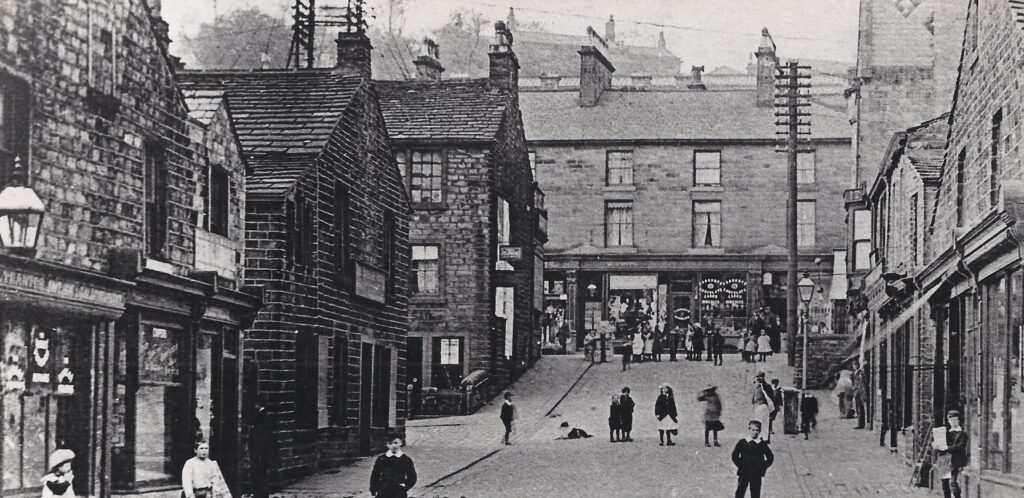The Bacup Benefit Building Society was founded on May 8, 1813, almost two years before the Battle of Waterloo. It was initiated by three individuals who agreed to establish the society to raise funds through subscriptions for the purchase of land. The land would then be used to develop streets and construct houses and cottages, which were to be referred to as “Club Houses.”
Three prominent individuals involved in the local business community were James Whitaker, the landowner of Broadclough Hall, Joshua Lord, a Woollen Manufacturer from Meadows, and Richard Hargreaves, a Reed Maker from Bull Holme. Richard Hargreaves was renowned for founding the Tong Bridge, Reed and Heald Works, which played a significant role in the region’s manufacturing industry.
It took nearly ten years to parcel out the land, lay the drains, form the roadways, tap the water springs, construct and to establish good government of the streets which on the “Club House” plan comprised 12 properties in St James Street, 12 in Union Court, 9 in Union Street, 30 in King Street 30 in Irwell Street and 1 on Lee Street.
Access to the Club House streets was strictly regulated by the charging of a toll. Those using the streets with a one-horse cart were required to pay 1 penny, while a two-horse cart incurred a charge of 2 and a half pence. For larger vehicles such as lorries or wagons, the toll was set at 2 pence. To maintain order and prevent obstructions on the roads, individuals who blocked the way with barrels, barrows, or carts faced fines.
On the 2 June 1856 the use of locks and chains connected by cast iron bollards were introduced to regulate more effectively the traffic using the Club House streets. The locks and chains at the junction of Union Street and King Street were removed in 1923, ten years after an appeal by Mr Priestly editor of the Bacup Times and Chairperson for the Club House Society asking for them to be removed in 1913, with the remaining ones which stood at the junctions of Austin Street, Irwell Street, and Kershaw Street with Lee Street being removed during May/June 1926.
